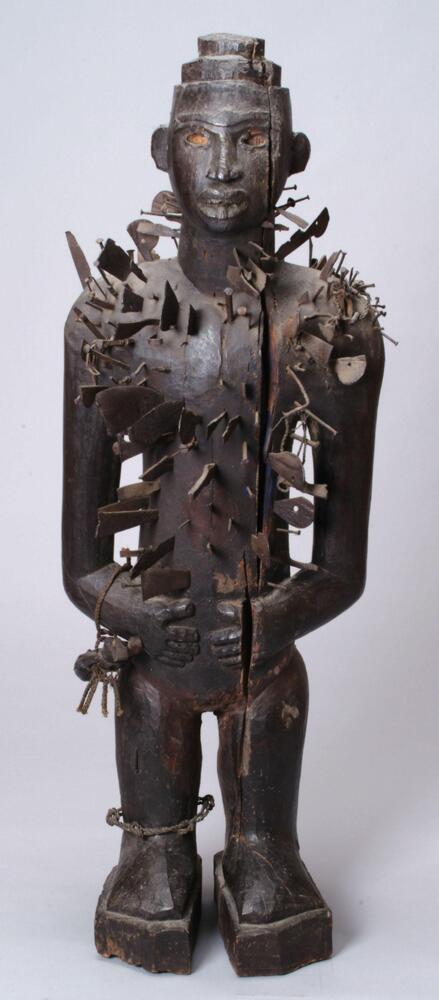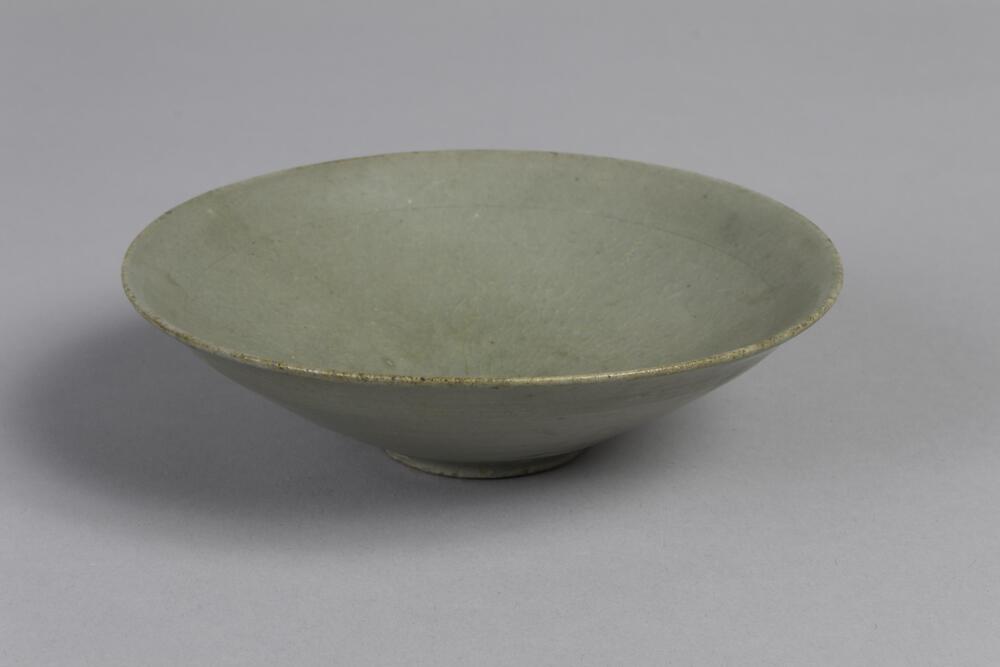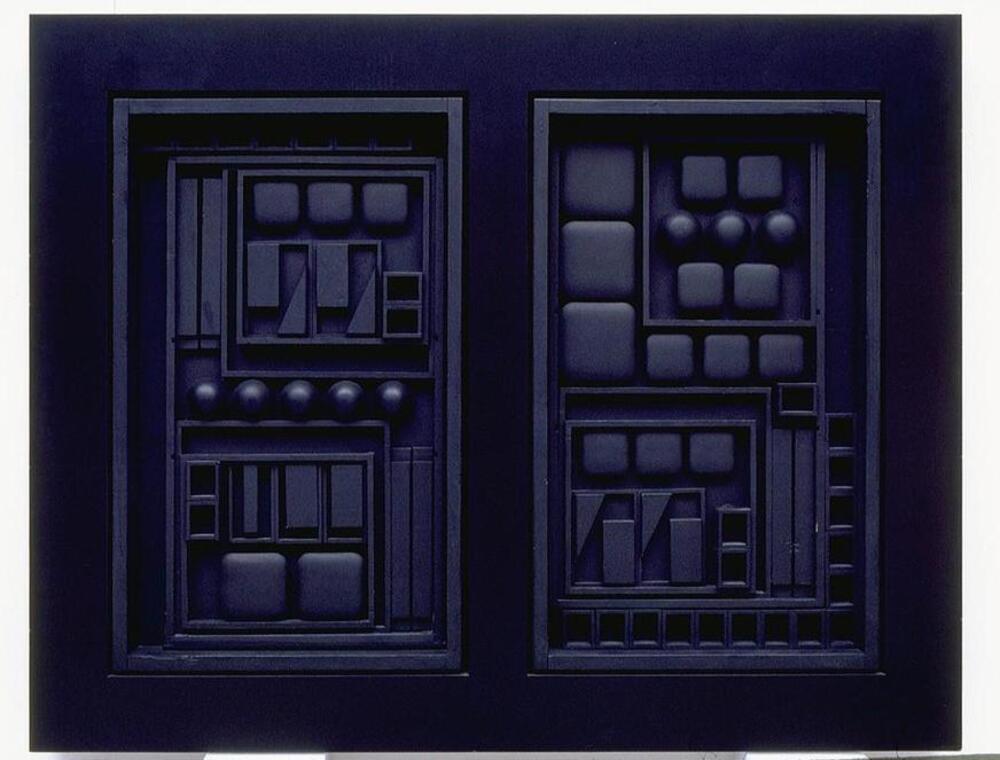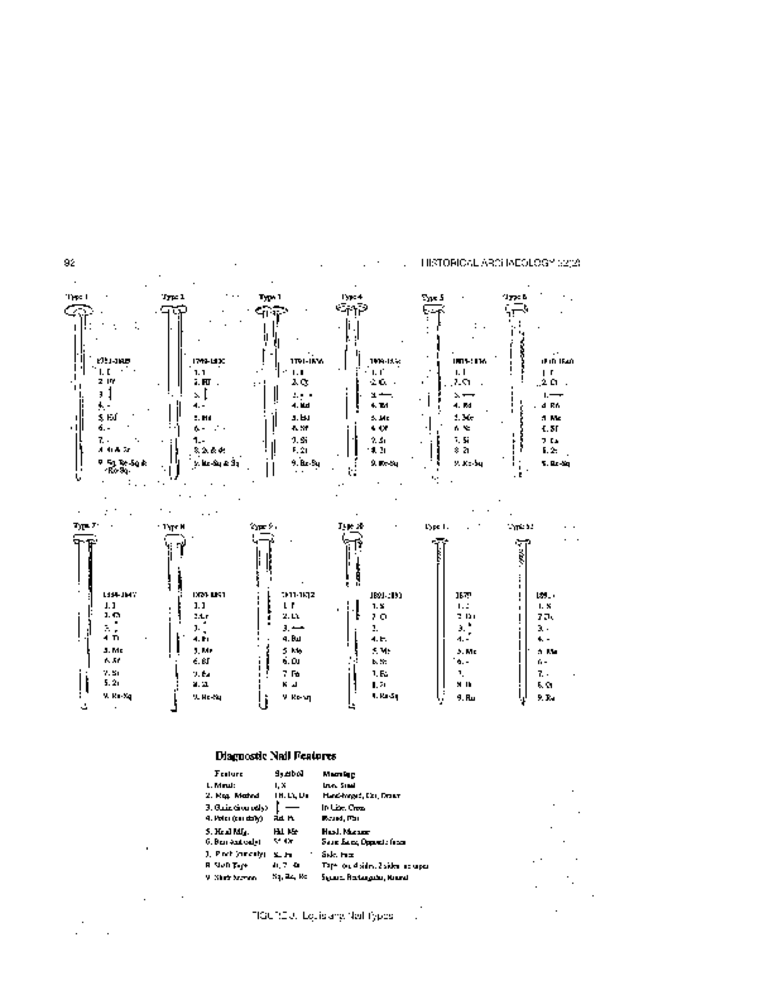Fifth Grade: Science Sleuths
Docent Curricular Tour
Discussion: Students in the 5th grade are introduced to the scientific method. In case you need a refresher, here are the basic steps (see graphic of steps for the scientific method, attached):
- Ask a question
- Gather information and observe (research)
- Make a hypothesis (guess the answer)
- Experiment and test your hypothesis
- Analyze your test results
- Present a conclusion
Students generate questions based on observation, investigation and research. In this tour we hope to get students to generate questions, hypothesize answers and think about how to find answers about art.
Science Concepts:
K-7 Standard S.IP: Develop an understanding that scientific inquiry and reasoning involves observing, questioning, investigating, recording, and developing solutions to problems.
S.I.P.05.11 Generate scientific questions based on observations, investigations, and research.
S.I.P.05.12 Design and conduct scientific investigations
K-7 Standard S.IA: Develop an understanding that scientific inquiry and investigations require analysis and communication of findings, using appropriate technology
S.IA.05.11 Analyze information from data tables and graphs to answer scientific questions.
S.IA.05.12 Evaluate data, claims, and personal knowledge through collaborative science discourse.
S.IA.05.13 Communicate and defend findings of observations and investigations using evidence.
S.IA.05.14 Draw conclusions from sets of data from multiple trials of a scientific investigation.
Art Concepts:
VA.IV.5.3---Demonstrate how history, culture, and the visual arts interrelate in making and studying works of art.
Stop 1. Introduction to Scientific Method
Art work = Docent’s Choice
Select a work of art that is made out of an interestingly tactile material (bronze, oil on canvas, marble). Have a sample of that material available for the children to touch at the end of this stop.
Have a copy of the worksheet Art Subjected to the Scientific Method! for each child (see attached). This introduces the scientific method via a very simple experiment.
Work through this with the children. At the end, see if they had any surprises.
Tell the students that they will be using the scientific method as they walk around and look at art. Stress that looking, thinking and predicting are a great way to solve mysteries about art!
Stop 2. Small stone Angel in Renaissance/Baroque
Question to consider: What is it?
Archaeologists and art historians have to make guesses about what old, beat up things originally looked like, what they originally did. The first thing they do is look at an object very, very carefully (OBSERVATION).
Let’s look at this small sculpture and see what clues might help us figure out what it originally looked like. The docent will need a flashlight (not laser pointer) for this one.
· Using flashlight, point out breaks (arms missing), abrasions (viewers right side, top of torso, near collar), holes (long rectangular holes on the back), discoloration (pigment in folds of garment).
Have children imagine where arms were originally positioned, what went in the holes at the back, what colors the angel was originally painted.
Remind them that they were making a HYPOTHESIS as they did this work.
What other art in this room could give you hints of what this piece originally looked like?
Look at pictures of other sculpted angels (smiling angels of Reims—see attached). Ask them which seems most like the UMMA angel.
As you are leaving, reiterate that by looking and thinking you can make good predictions about a work of art.
Alternatives: Ganesha (what did he originally look like before abrasion of surface? What does he hold in hands? Where was he found?), Nkisi nail figure (note missing pieces such as eyes, and odd tiered head. What was originally there?
Stop 3. Nkisi, nail figure
Question to Consider: How old is it?
Archaeologists and art historians have to make guesses about how old things are. That is the QUESTION for this piece. Let’s look at this piece and see if there are any clues. (maybe… condition of wood, patina, damage?). Discuss the ideas children put forward. “Those are all good ideas! Good HYPOTHESIS”
We looked at the wooden sculpture but did you think the nails could help us out? Just like anything that humans make, the materials and styles of nails are different in different time periods. Look at this chart of nails (attached) and see if you can find any nails on the statue that could match these.
Did anyone find type 11 or 12? If not, what does that mean? [the sculpture was probably made before the time those nails were made] PREDICTION
Anyone have ideas on what kind of EXPERIMENT we could do to test our ideas? [look at other sculptures, see what kinds of nails were available where this piece
was made…]
Stop 4. Korean celadon
Question to consider: Where is this from?
Show a toy fish or bird, or pictures of a fish or bird (select a flying bird, not a duck or penguin). Where do these animals live? How do you know? What do they have (fins and wings) that tell you where they live?
Here is a beautiful small bowl. We know it was a TEA BOWL
Where do you think it is from? You could guess that from its environment, or by where it in the museum, i.e., in the Korean gallery. But, what if you found it in a shop with other art from around the world?
Clue: it is for tea: Who were first to drink tea?
Wikipedia says “Tea likely originated in Yunnan, China during the Shang Dynasty (1500 BC–1046 BC) as a medicinal drink. The earliest credible record of tea drinking dates to the 3rd century AD, in a medical text.” This might indicate that it is Chinese. …..
Remember the bird and fish? They each had something that shouted out where they live: air or water. With ceramics, hints are not so clear but let’s think about how you make ceramics.
What do you start with? [clay] Have you seen clay? What color is it? [art room clay is grey] How many of you have clay in your backyards? In Michigan, garden clay is kind of red.
The clay used to make these celadon pieces was very special and only found in Korea. It was especially good for ceramics. It has something in it that allows the glaze to turn this bluish color [called kingfisher blue], a color that was treasured by people all over the world at the time.
Scientists can take samples of art—clay, stone, paint—and test the samples to find out where they are form.
Discuss oxidation / reduction if time.
Stop 5: Nevelson or Bradford. Calder.
Question to consider: Can art be green?
Look at the Nevelson for a while and have the children discuss the geometry, the color, texture, light and shadow, etc.
Ask them of what they think it is made? Why did Nevelson paint it all black?
Discuss using recycled materials for art making.
Go around to the Calder. Talk about how it could move if it were in a breeze.
Wind is a renewable energy source.
Brainstorm ways you could make a work of art out of recycled materials that could also move using a renewable energy source.
Part of 1 Learning Collection
<p>Docent Curricular Tour</p>
Rate this Resource
AVG: 0 | Ratings: 0
& Author Notes
Creative Commons by-nc-saLast Updated
April 27, 2017 1:35 p.m.Report
Reporting Policy









